Table of contents
- Introduction
- Physicochemical Properties
- Physiological functions
- Isolation and extraction
- Applications in the food field
-
Introduction
Zeaxanthin is a natural carotenoid containing oxygen. It is an isomer with lutein, which is widely distributed in nature. Most zeaxanthin in nature is an all-trans isomer. Zeaxanthinis abundant in plant tissues such as green vegetables, corn seeds, lycium barbarum and acidophilus fruits, and some non-photosynthetic bacteria.Zeaxanthin cannot be synthesized in the human body and needs to be obtained through daily diet. A large number of studies have shown that zeaxanthin has the health effects of anti-oxidation, prevention of macular degeneration, treatment of cataract, prevention of cardiovascular diseases, enhancement of body immunity, slowing down atherosclerosis and so on, which is closely related to human health.
In the food industry, zeaxanthin, as a natural food pigment, is gradually replacing the synthetic pigments such as tartrazine and sunset yellow, and the research and development of health products with zeaxanthin as the main functional component will have broad market prospects.
-
The physical and chemical properties
Zeaxanthin is a fat-soluble powder or oil, a derivative of β-carotene, soluble in ethyl ether, petroleum ether, acetone, esters and other organic solvents, insoluble in water, can not be converted into Va in the body, has no Va activity, poor light and thermal stability, especially light on zeaxanthin the most influence;Zeaxanthin also has poor stability to Fe3+ and Al3+, but is stable to other ions, acids, alkalis and reducing agent Na2SO3.
Zeaxanthin 1% solution is lemon yellow, blood red oily liquid above 10 ℃, and yellow semi-solidified oily substance below 10 ℃.It has good oxygen resistance and acid resistance.High temperature short-term treatment is basically stable, long time is unstable;At low temperature, it was stable.It is less stable to Fe and Al, but more stable to other ions, acids, bases and reducing agent Na2SO3.Zeaxanthin, which exists in solid food, is stable under normal temperature and natural light conditions, and 1% solution is sensitive to sunlight.
-
Physiological function
Oxidative damage is caused by the imbalance of antioxidant protection and free radical metabolism, which can lead to many diseases, such as cardiovascular disease, cancer, aging, inflammation, cataract and a series of neurological diseases.Many years ago, researchers discovered that β-carotene has the ability to quench singlet oxygen. As research continued, it became clear that not only beta-carotene but also most carotenoids had antioxidant capabilities.The chemical structure of carotenoid molecules is closely related to their antioxidant activity, which depends on the number of conjugated double bonds in the molecular structure and the structure of tail groups.
Zeaxanthin itself has the characteristics of molecular structure, makes the zeaxanthin has a strong oxidation resistance and the molecular structure of zeaxanthin existed in 11 conjugated double bond, constitute a large conjugated system, the existence of conjugated double bonds make zeaxanthin can prevent free radical chain transmission, which has a strong antioxidant activity.Zeaxanthin can not be converted into vitamin A and has no vitamin A activity in living organisms, but it is an important strong antioxidant available to the human body. Zeaxanthin plays an antioxidant role by reducing the reactivity of chemical active substances such as free radical singlet oxygen and photochemical sensitive agents.At the same time, the molecular structure of zeaxanthin has hydroxyl groups on the tail, which enhances its antioxidant capacity and protects the biological system from some potential harmful effects caused by excessive oxidation process or reaction.
-
Separation
The main characteristics of organic solvent separation and extraction method are that the extraction process is relatively simple and the extraction rate is high. The filter slag obtained by filtering in the process can be extracted twice, and the solvent obtained by distillation can be recovered and recycled.For corn protein powder in the extraction of zeaxanthin has been relatively mature, mainly to corn protein powder drying, crushing, add 95% ethanol, several times repeated immersion extraction, protein powder yellow extraction to colorless, soaking liquid were collected for vacuum concentration, a quick deep red liquid pigment products, with isolated from corn flavin crystallization method.This method in particular to master the extraction time, the time is too short extraction is not sufficient, extraction time is too long, easy to deposit other impurities affect the purity.Through orthogonal test, 95% ethanol was used as the extraction agent. Under the condition of solid-liquid ratio of 1:16 and temperature of 65 ℃ for 4 h, the extraction effect of zeaxanthin was better. Finally, zeaxanthin was obtained by crystallization.
Carotenoids and proteins in plants generally exist in a combined state. The traditional direct extraction method was used to concentrate the crude zeaxanthin product, which contained some alcoholin, which was not conducive to the purification of zeaxanthin.Enzymatic extraction of zeaxanthin, which uses protease to hydrolyze part of the protein and break up the network structure of the protein, can not only improve the extraction rate of zeaxanthin, but also obtain high purity zeaxanthin.Finally, the neutral protease hydrolysis conditions were determined by orthogonal test: the concentration of neutral protease was 1.2%, pH 7.0, the temperature was 40 ℃, the zeatin powder was hydrolyzed for 6 h, centrifuged, the supernatant was discarded, and the residue was placed in the oven at 50 ℃ for hot air drying, with acetone: petroleum ether as 1: 1. The mixed solution was used as the extraction solvent and was extracted in the dark until the extract was colorless. The obtained solution was concentrated in vacuum to obtain zeaxanthin, and finally the zeaxanthin was separated by crystallization. Enzymatic extraction of zeaxanthin, in the process of corn gluten powder hydrolysis, it is necessary to control the substrate concentration, enzyme concentration, pH, hydrolysis time, hydrolysis temperature.
-
Application: Food field
1. Food colorant
The 1 oxygen-containing group on the 2 six-member carbon rings in zeaxanthin molecule makes it have greater stability, so that it is not converted into vitamin A after being absorbed by the intestine, and still maintains its original color and molecular structure, with strong coloring ability.Zeaxanthin, as a natural food colorant, has been approved as food coloring in many countries, such as Europe and the United States.Zeaxanthin materials have become ideal feed colorants, and there is no doubt that their research has attracted more and more attention.
2. Food preservatives
Comparing zeaxanthin (β-carotene, β-cryptoflavin, lutein, zeaxanthin) with commonly used synthetic antioxidants BHT in terms of antioxidant capacity, the results show that zeaxanthin has stronger antioxidant capacity than BHT during the initial period of oxidation.The antioxidant activity of zeaxanthin can prevent the oxidation of lipids and vitamins in food, keep the nutrients and flavor of food from being damaged by oxidation, and prolong the freshness period of food. Therefore, zeaxanthin is a very ideal natural food freshness preservative.At present, zeaxanthin is often used in solid food.
3. New beverage
Zeaxanthin is widely found in fruits, vegetables, flowers, and as one of the main components of carotenoids, it has the effect of preventing AMD, cataract, cardiovascular disease and so on.Although the development of health products using zeaxanthin as the main functional component is not mature enough, the natural source of zeaxanthin is abundant, and the development and utilization of zeaxanthin has broad prospects. The Food Research Institute of New Orleans and Kemin have collaborated to develop eye health drinks containing 5% lutein plus zeaxanthin and other carotenoid nutrients by extracting zeaxanthin from plants like calendula.
4. Feed additives
Zeaxanthin’s excellent coloring ability, in the poultry industry, zeaxanthin is favored by producers as a cost-effective colorant.Zeaxanthin, as a feed additive, can effectively improve the nutritional status of animals, egg yolk, poultry meat and skin color. In meat and poultry, zeaxanthin is deposited in claws, beaks and subcutaneous fat to make them colored and improve the quality of poultry carcass.In laying poultry, zeaxanthin deposits in yolk make it yellow, which improves the quality of eggs and increases their nutritional value.
In many countries and regions of the world, especially in China and many Asian countries, most consumers prefer golden or orange-red egg yolks, birds with golden skin, soft red meat quality, and often judge the nutritional value and freshness of eggs from the color of the yolk.According to the experience of consumers, yellow skin is often regarded as a sign of better meat quality and flavor of broilers, so it directly affects the price of the product.
In the modern poultry industry, in order to meet the needs of the market, feed companies often add super large amounts of synthetic commercial colorants in feed, which not only greatly increases the cost, but also does harm to human health.Therefore, zeaxanthin from natural biological sources has become an ideal feed colorant, and the application of safe and non-toxic natural pigments instead of synthetic pigments is the trend of industrial development.
Zeaxanthin itself is a normal component in food, both nutrient strengthening and certain pharmacological effects, has a positive effect on regulating animal metabolism, in line with the development direction of natural food additives “natural”, “nutrition”, “multifunctional”.However, zeaxanthin, as a natural pigment, is more expensive than synthetic pigment. Only by making full use of cheap natural resources to produce zeaxanthin and reducing its production cost, can we better promote the use of natural feeding pigment.
The above is the detailed introduction of Zeaxanthin that we bring to you today. If you like this post, please forward it to your friends.
Xi’an Herb Bio is a professional supplier of natural ingredient, able to provide customers with a wide variety of products to meet your needs. Friends who are interested in Zeaxanthin, please click the link below to contact us for more relevant information.
Need Zeaxanthin ? Please contact Xi’an Herb Bio!

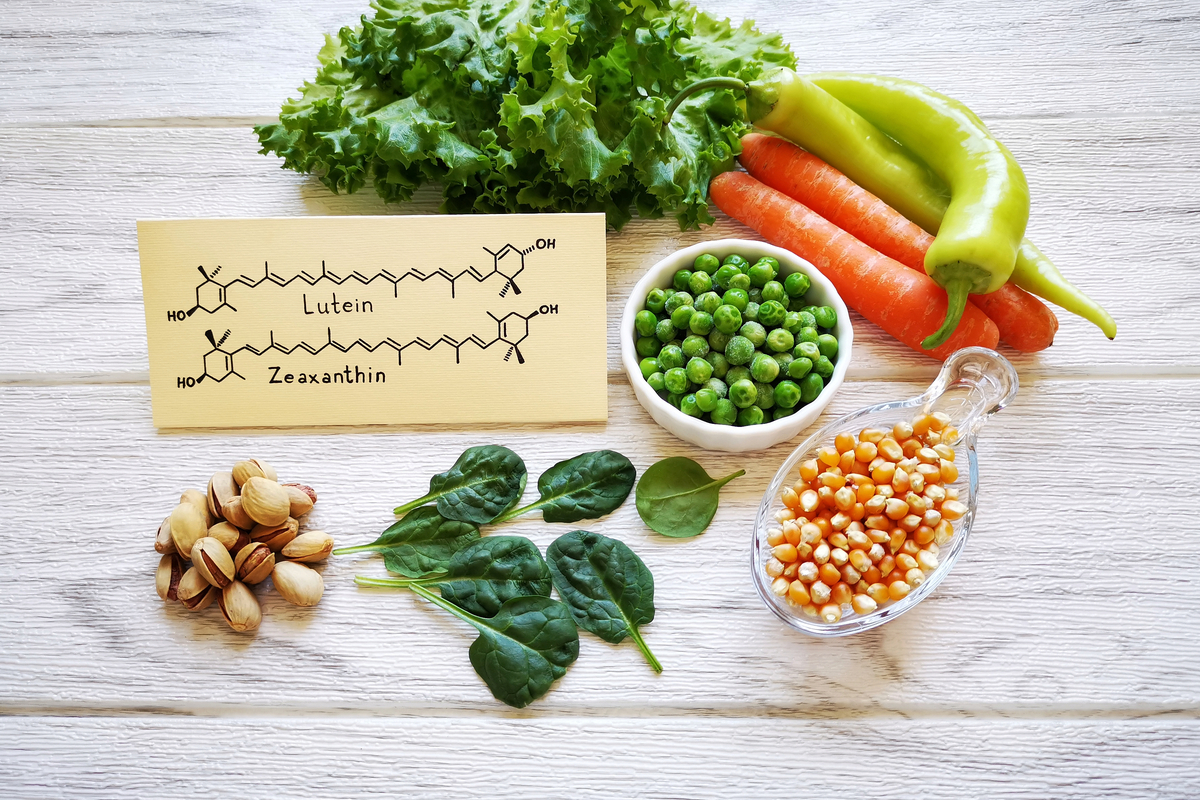
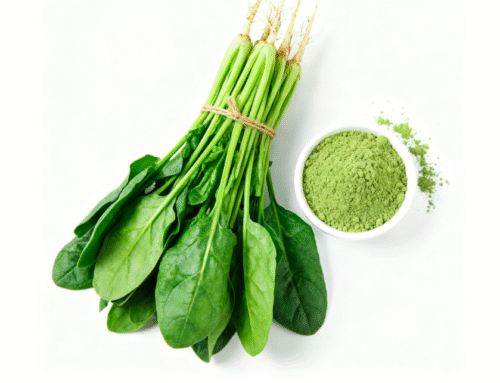
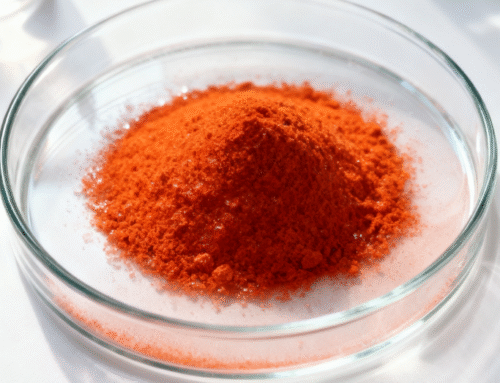
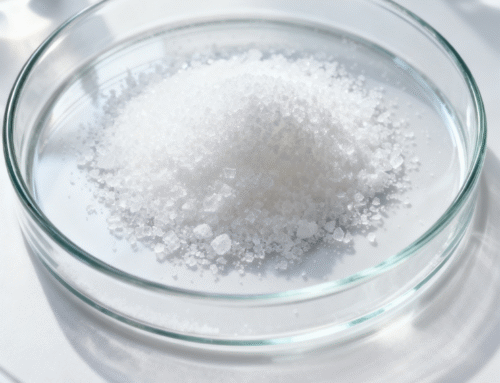
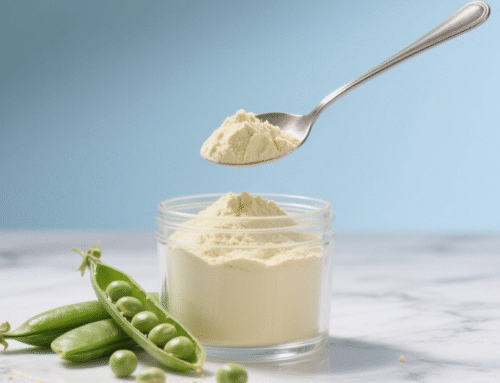
Leave A Comment